This family of materials combines the high Electrical Conductivity of copper with other metal and graphite raw materials to produce proprietary materials with unique performance characteristics particularly suited for dynamic electrical transmission applications. We have recently introduced a variety of lead-free materials to replace components that have historically used lead as a component material, which is crucial to meeting certain environmental regulations.
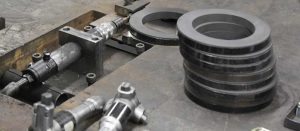
Custom Carbon Graphite Parts Manufacturing We develop parts that are customized to each of our customer’s specific application requirements. Our unique technical knowledge and manufacturing expertise allows us to customize parts within our existing product line or as part of our new product development. Our products are developed and manufactured in-house, so we can customize […]
Learn More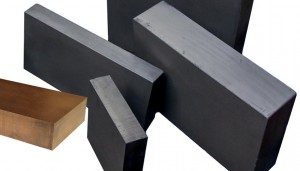
Carbon Graphite Blocks & Blanks Our carbon material blanks are made from our entire range of carbon graphite, electrographite, resin-bonded graphite and metal graphite grades. These are available in a variety of different sizes and shapes to suit many final applications. Our customers largely use these to machine final end products at their own facility. […]
Learn More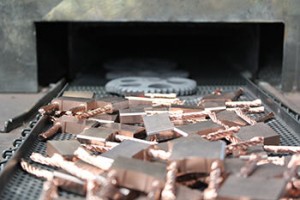
Carbon Graphite Automotive Brushes Manufacturing We are an industry leader in the carbon graphite aftermarket brush industry, as well as a supplier to major OEM manufacturers. Each of our brushes can be custom-designed to your specific requirements. We develop our own proprietary grades and manufacture each product in-house, so we will work closely with you […]
Learn More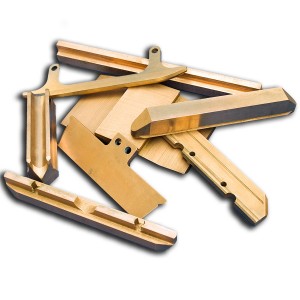
CARBON GRAPHITE ELECTRICAL CONTACT MANUFACTURING ARC™ Electrical Contacts / Collector Shoes are manufactured from the highest quality, proprietary materials. St. Marys Carbon has carbon graphite, electrographite, resin-bonded graphite, copper graphite, silver graphite and other metal graphite materials to suit your specific application. All of our electrical contacts, from the blending of raw materials to the […]
Learn More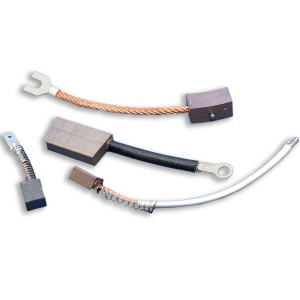
CARBON GRAPHITE INDUSTRIAL BRUSHES MANUFACTURING St. Marys Carbon Brushes are manufactured from the highest quality carbon graphite, electrographite, resinbonded graphite, copper graphite, silver graphite and other metal graphite materials to suit your specific OEM or aftermarket application. All of our brushes, from the blending of raw materials to the finished product, are made in-house by […]
Learn More